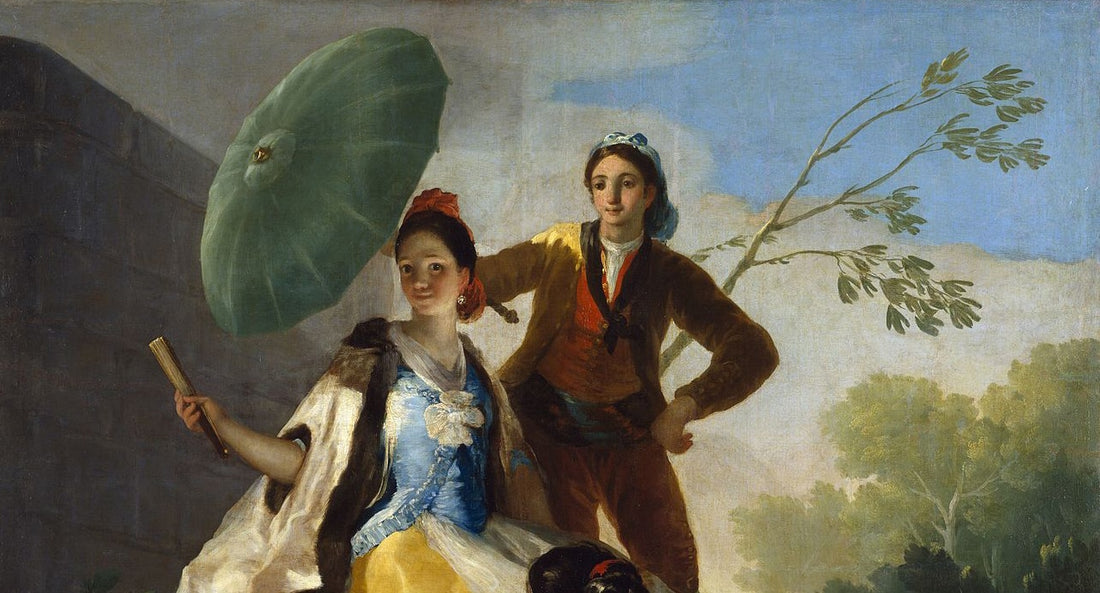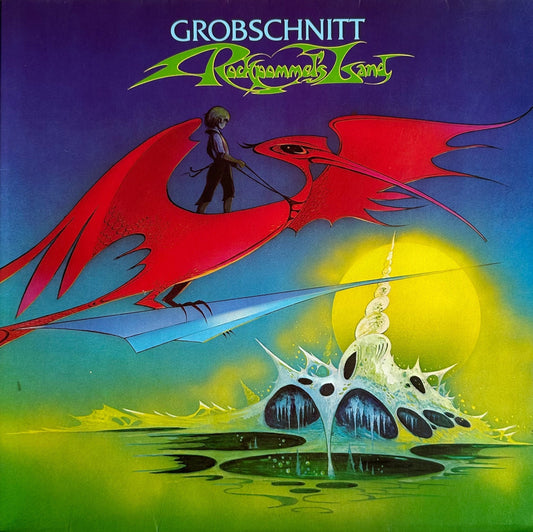In the last six weeks, I’ve watched Mozart’s opera Le nozze di Figaro three times. That’s three hours per performance, so nine hours, not counting bathroom breaks or snack attacks. Well worth it!
Figaro makes me smile, makes me glad to be human. There’s wonderful music, of course, but also comedy—specifically, sex comedy. French playwright and genius-in-general Pierre-Augustin Caron de Beaumarchais (1732–99) created it in the Age of Enlightenment, so it’s wise, thoughtful sex comedy. Mozart’s librettist Lorenzo Da Ponte retained most of Beaumarchais’ characters, persons of all ages, genders, and social strata including a couple of crabby seniors and one very horny teenager. The music is lively too, based on contemporary dance forms and delivered largely as a series of ensembles—duets, trios, quartets, etc.—in which characters argue, reveal astonishing secrets, and plot further intrigue. In short, they keep busy, avoiding the longueurs associated with opera.
Everyone onstage desperately wants something. Figaro and Susanna, servants to Count and Countess Almaviva, want to marry, but they will need the Count’s blessing. Count Almaviva wants Susanna as a lover and has begun applying various threats and enticements. The Countess only wants to regain the loving relationship she once had with her husband; she forges an alliance with Susanna to persuade (or at least embarrass) the Count into reaffirming their bond.
Rounding out the cast are Marcellina, an older woman, and Bartolo, “a doctor from Seville.” Years earlier Marcellina loaned Figaro money; he signed a note agreeing to marry her if he could not repay it. Now she wants to collect, and has allied herself with Almaviva and with Bartolo, who bears a grudge against Figaro for helping the Count woo and wed his ward Rosina. (The good doctor wanted her as his own bride.) By 1786 Mozart’s audience knew that bit of backstory: already an opera based on an earlier Beaumarchais drama about Figaro, Almaviva, Bartolo, and Rosina—the future Countess—had played Vienna. That opera, Il barbiere di Siviglia, was not the enormously popular Rossini version launched in 1816, but a now-forgotten setting by one Giovanni Paisiello. (The plot’s the same: Figaro was the “barber.”)
Besides Marcellina, Le nozze di Figaro introduces the page Cherubino, a trouser role. His newly raging hormones fuel a mad attraction to the Countess and every other female in the great house. Love is all around, they say, and so is Cherubino, who can’t help turning up in wrong places at even wronger times. Mutual understanding and forgiveness eventually save him and the grownups alike. But first, complications must ensue.
Here’s a preliminary synopsis. You may already know the opera, but I’ll avoid spoilers anyway. All the action takes place in a single day. Act I, scene 1 features Figaro and Susanna as they prepare for their wedding. Each has a different concern at first, so Mozart gives them subtly different music. As he measures for their bed, Figaro mutters along to a march; when Susanna asks him to notice her bonnet, she does so to a lyrical tune in gavotte style (its phrases begin in the middle of a four-beat measure). Finally she convinces him to join the gavotte, providing a musical hint of what’s to come: Figaro may fancy himself a clever fellow, but by nightfall Susanna will show us she’s the sharper knife, the more essential architect of their schemes.
This first clip is from Peter Hall’s 1973 Glyndebourne production; Susanna is Ileana Cotrubas, Figaro Knut Skram. (Other principals include Te Kanawa, Luxon, and von Stade; John Pritchard conducts.) To skip the overture and opening credits and go directly to scene 1, forward the clip to 4:38.
Susanna and Figaro sing not one but two duettinos. A lot of Act I is like that: out of eight numbers, half are ensembles. Marcellina and Susanna—rivals for Figaro—get a comic duettino; later the Count, Susanna, and her music teacher Don Basilio engage in a funny/creepy terzetto. Even the solo numbers are pointedly delivered to someone: Figaro addresses his angry “Se vuol ballare” to the Count (who isn’t in the room, but!); Bartolo sings “La vendetta” partly to show Marcellina that he takes her lawsuit seriously; Figaro delivers “Non più andrai,” a stream of ironic instructions about army life, to Cherubino, who faces exile from the palace.
You can watch all of Act I in the Glyndebourne clip (or in the Ponnelle clip below), but I’ll discuss only the scene 7 terzetto. Susanna has just dispatched Marcellina from the room when (at 22:05) Cherubino breathlessly enters. He’s in trouble again with the Count but pivots to a more important topic: the Countess. In exchange for one of her ladyship’s nightcap ribbons (“Oh, lucky [maid]! You dress her each morning, undress her each evening . . .”), he offers Susanna a slip of paper with a song he’s written. Without pause he launches into a different song, one about his strange new feelings.
He’s barely finished that when (at 26:50) the Count is heard coming down the hallway. Cherubino quickly hides. Count Almaviva enters—in his dressing gown—and proceeds to woo Susanna. He hasn’t gotten far when Basilio happens by. And there I’ll stop: the scene is nearly set. As you watch, bear in mind that one of Mozart’s innovations lay in his ability to compose an ensemble number in which characters voice feelings sharply at odds with one another. In these numbers, time doesn’t stand still; the action continues.
Perhaps these moments will show you why I cherish Peter Hall’s 1973 Glyndebourne production. It never strains for effect, but nothing is insufficiently developed: characterizations and stage movement are fully realized, the singing and acting impeccable.
Much the same can be said of Jean-Pierre Ponnelle’s 1976 film version (link below: scene 1, 4:34; scene 7, 29:21). I won’t waste space praising Ponnelle and his collaborators (Prey, Freni, Fischer-Dieskau, Te Kanawa, Ewing; Böhm conducts); their work is already a benchmark. You do have to accept a few Ponnelle-isms, chief among them his penchant for what Marcia Citron called the inner monologue: someone sings but her lips don’t move. These devices “probe psychological conflict in a character or reveal dramatic irony.” (As with movie musicals, all the singing was recorded before filming took place.)
But wait. This column is titled Four Figaros. What happened to the other two?
My Figaro odyssey actually began with a Blu-ray of the Paris Opera 2010 revival of a 1973 Giorgio Strehler production (scenery and costumes from Milan 1980!). Philippe Jordan conducts a vivid, slightly Romantic reading, and the cast—especially the women, especially Barbara Frittoli and Karine Deshayes—nicely complement Strehler’s vision. Gramophone’s critic called it “a traditional classic, set in long-perspectived, naturalistic Goya-esque Spanish interiors and costumes.” Indeed, everything looks gorgeous, “painterly.” (Sight and sound aside, our critic nevertheless preferred Hall/1973/Glyndebourne for its “spikier take on tradition with a sharp cast.”)
Strehler championed honesty in theatre production. In his essay “Mozart: Universality and Humanity,” included in the Blu-ray booklet, he wrote:
As a rule Figaro is performed as a vision of a fake, prudish 18th century. Love is not carnal and people hardly touch each other. Enter Susanna and Figaro and what happens? Nothing. And between the Count and Susanna? Nothing again. He kisses her fingertips. Yet there is a sensuality in the music, an emotional truthfulness that needs to be given expression.
My positive experience with Strehler’s Figaro led me to revisit David McVicar’s 2006 Royal Opera House production. It had mightily impressed me a few years ago; it still does. This performance, not Strehler or Hall or even Ponnelle, would be my own Desert Island choice.
Here’s the dominant factor in McVicar’s staging: the servants are always present. They see and hear everything. They steer the ship. McVicar stages the overture as a morning drill for household staff, choreographed by a stern, efficient matron. I usually dislike such interpolations, but this one really works. In Mozart and the Enlightenment, Nicholas Till tells us “the 18th century reckoned that it had a servant problem. . . . Masters were frightened of the new independence of servants.” The household famulus of feudal society had disappeared, along with slavery (at least in Europe). Old hierarchies were gradually superseded by contractual relations between servant and master—note the number of contracts that surface in Figaro! (Note also that neither Beaumarchais nor Mozart ever created a stage work entitled Count Almaviva.)
Yet Almaviva and his marriage also matter. This production brings us closer to these aristocrats’ most intimate sensibilities, the privileged habits of mind that sustain their childish notions about life. We witness Almaviva’s blithe attempts at seduction and the violent rages that overtake him when thwarted. We are touched by Rosina’s sentimental dream of recaptured marital bliss, yet we chuckle—sadly—when we see how easily she’s tempted by the attentions of a lovestruck seventeen-year-old. Gerald Finley and Dorothea Röschmann do more than sing these parts, they inhabit them.
As does Rinat Shaham, the Cherubino. Below, she sings his Act II aria, “Voi che sapete.” This was the song on that slip of paper he gave Susanna; now he performs it for the Countess in her chambers, accompanied by Susanna (Miah Persson).
Operatic convention holds that arias should contain no dramatic “action,” but check out everyone’s body language—you’ll see a lot going on. (Shaham adds delicate ornamentation to the last strain; Cherubino probably hopes that will clinch the deal!)
I could say more. There’s genius in the costuming, for example, which has been updated to the Regency Era. As such, it does for modern audiences what Beaumarchais did by carefully setting his plays in Spain, not France. McVicar lets us think we’re not in Kansas anymore; these people are not us, thank god. Although they do seem strangely familiar.
Next: Mahler, plus maybe a little more Mozart.
Header image: Francisco Goya, The Parasol, 1777 (Wikimedia Images)



